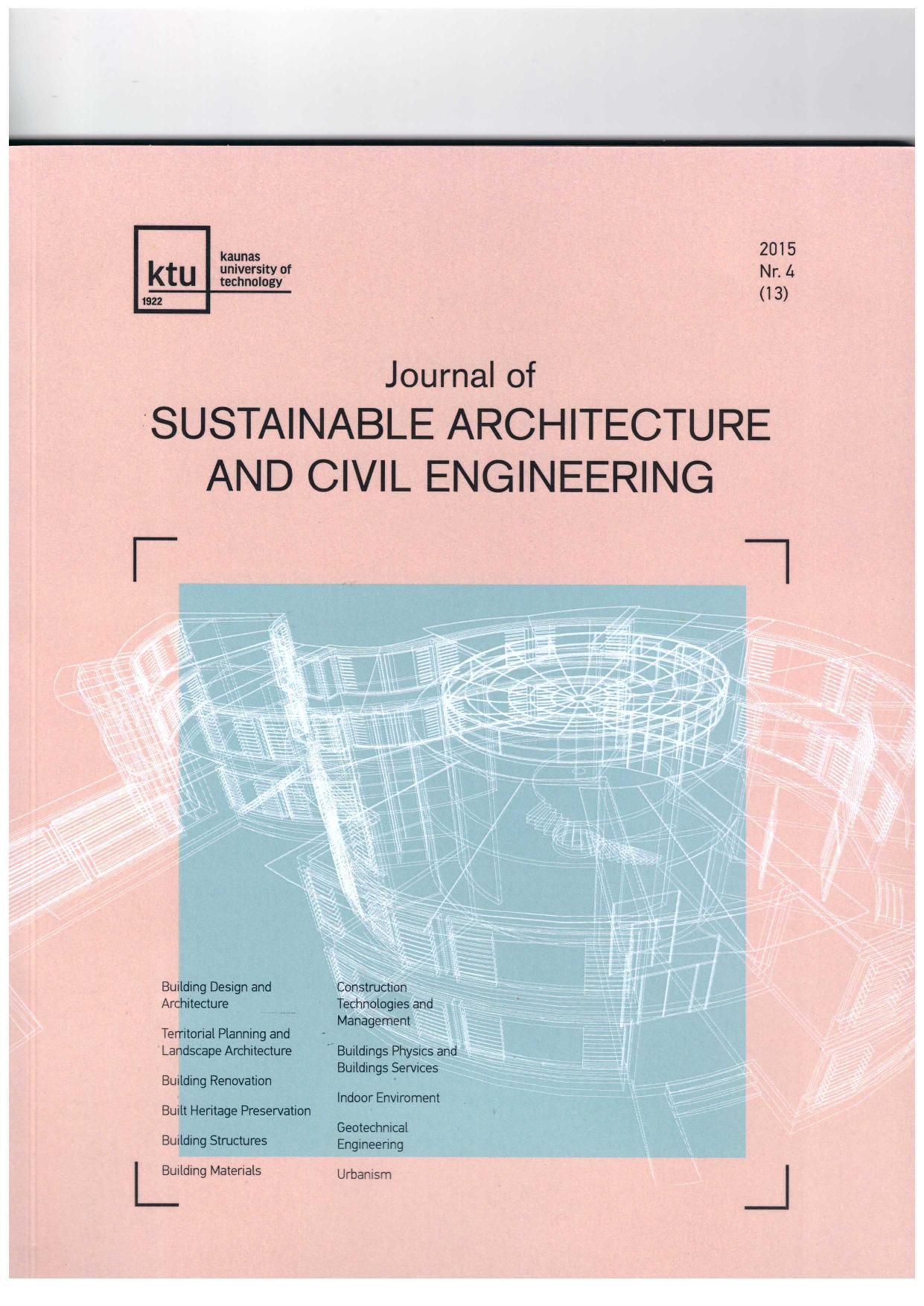Energy Performance, Indoor Air Quality and Comfort in New Nearly Zero Energy Day-care Centres in Northern Climatic Conditions
Energy Performance, Indoor Air Quality and Comfort in New Nearly Zero Energy Day-care Centres in Northern Climatic Conditions
Author(s): Kalle Kuusk, Ahmed Kaiser, Nicola Lolli, Jan Johansson, Tero Hasu, Anne Gunnarshaug Lien, Jaanus Hallik, Kristo Kalbe, Endrik Arumägi, Jarek Kurnitski, Targo KalameesSubject(s): Energy and Environmental Studies, Environmental and Energy policy, Evaluation research
Published by: Exeley Inc.
Keywords: indoor thermal conditions; indoor air quality; occupant satisfaction; energy consumption; nZEB; day-care centres;
Summary/Abstract: The European energy policy pushes the member states to transform building stock into nearly Zero-Energy Buildings (nZEB). This paper is focused on data collected from existing nZEB day-care centres, in order to be able to assess possible differences between predicted and actual energy and indoor environmental performance. Building structures, service systems and the indoor climate and energy performance of five day-care centres were investigated in Estonia, Finland and Norway. Indoor climate condition measurements showed that in general, the thermal environment and indoor air quality corresponded to the highest indoor climate categories I and II (EN 15251). Building heating and ventilation systems in studied buildings are working without major problems. Good indoor climate conditions were also reflected in the occupant satisfaction questionnaires. For most of the studied buildings, over 80% of the people marked all indoor environment condition parameters (thermal comfort, indoor air quality, acoustics, odour and illuminance) acceptable. The thermal environment in the cooling season was reported problematic because it was lower than the minimum temperature for indoor climate category II. Energy consumption analysis showed that measured real energy use was higher, or even significantly higher, than the energy use calculated during the design phase. Potential causes of the higher actual energy consumption are caused by differences of measured and designed solutions, methodology of the energy calculations, and the differences in user behaviour.
Journal: Journal of Sustainable Architecture and Civil Engineering
- Issue Year: 24/2019
- Issue No: 1
- Page Range: 7-16
- Page Count: 10
- Language: English

